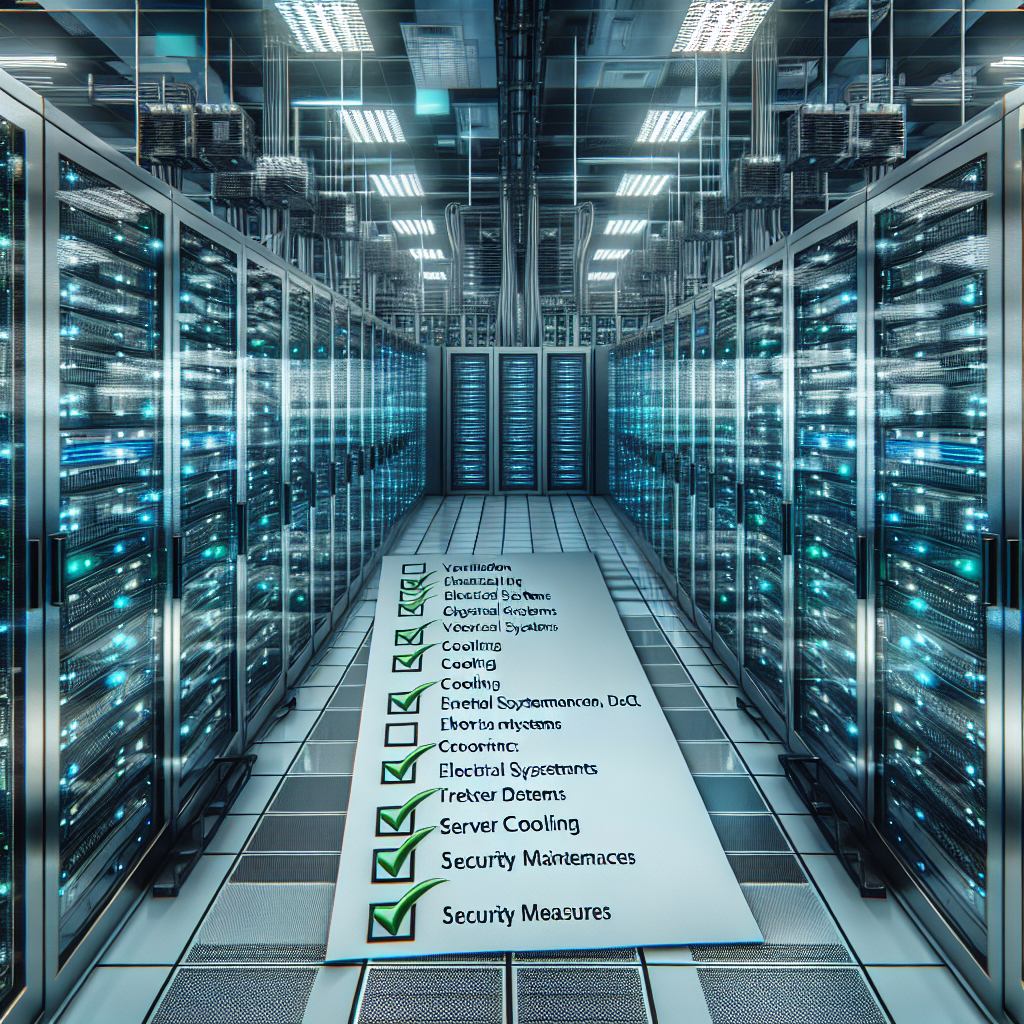A data center is a critical component of any organization’s IT infrastructure, housing servers, storage, and networking equipment that are essential for day-to-day operations. To ensure that a data center is operating at its peak performance, regular inspections are necessary to identify potential issues before they become serious problems. Here are some key areas to evaluate during a data center inspection:
1. Cooling Systems: One of the most critical components of a data center is its cooling system. Overheating can lead to equipment failure and downtime, so it’s important to ensure that cooling systems are functioning properly. Check for any signs of leaks, blockages, or inadequate airflow, and make sure that temperature and humidity levels are within the recommended range.
2. Power Distribution: A reliable power supply is essential for the uninterrupted operation of a data center. Inspect power distribution units (PDUs), UPS systems, and backup generators to ensure that they are in good working condition. Test emergency power-off (EPO) switches and verify that all critical equipment is connected to backup power sources.
3. Fire Suppression: Data centers house valuable equipment and data that must be protected from the risk of fire. Check fire suppression systems, such as sprinklers, smoke detectors, and fire alarms, to ensure that they are functioning correctly. Make sure that fire extinguishers are readily accessible and properly maintained.
4. Security: Data centers store sensitive information that must be protected from unauthorized access. Evaluate physical security measures, such as access control systems, surveillance cameras, and security guards, to prevent unauthorized entry. Check for any signs of tampering or security breaches, and ensure that all equipment is securely locked and monitored.
5. Cable Management: Proper cable management is essential for maintaining a clean and organized data center. Inspect cable trays, racks, and conduits to ensure that cables are neatly arranged and properly labeled. Remove any unused or redundant cables to improve airflow and prevent potential tripping hazards.
6. Environmental Monitoring: Monitoring environmental conditions, such as temperature, humidity, and air quality, is crucial for maintaining optimal performance in a data center. Check environmental monitoring systems to ensure that they are accurately measuring conditions and alerting staff to any deviations from normal levels.
7. Equipment Maintenance: Regular maintenance of servers, storage devices, and networking equipment is essential for preventing hardware failures and downtime. Inspect equipment for signs of wear and tear, dust buildup, or other issues that could impact performance. Schedule routine maintenance tasks, such as firmware updates and hardware upgrades, to keep equipment running smoothly.
By evaluating these key areas during a data center inspection, organizations can identify potential issues and proactively address them to ensure optimal performance and reliability. Regular inspections help to mitigate risks and minimize downtime, keeping data centers running smoothly and efficiently.


Leave a Reply